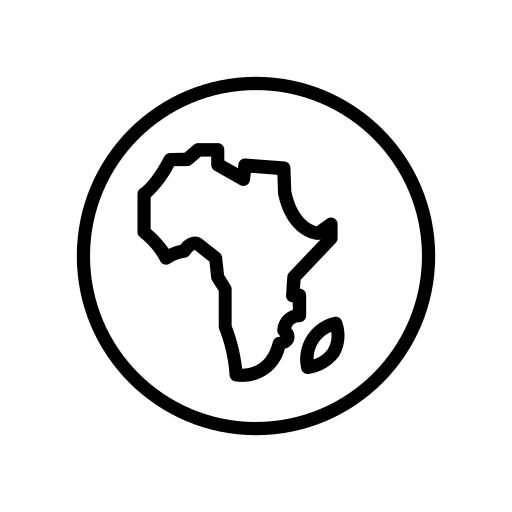While China has built infrastructure throughout the continent, though China’s promising projects are typically faulty or incomplete, revealing its self-serving goals.
Ethiopia is a prominent example of African countries’ challenges. As Ethiopia lacks the funds to build a seaport in its ally Djibouti. China started investing in Ethiopia and agreed to construct a railroad from Addis Ababa to the Port of Djibouti. China gave Ethiopia a $1.3 billion loan with 3% interest and a 6-year repayment period. The modernization project covered 750 km and cost $4 billion. China’s state-owned EXIM bank, one of the primary lenders for BRI projects, covered 70% of the cost with Ethiopia paying the rest in loan installments.
Because China now owns 32.9% of Ethiopia’s external debt, the African country heavily depends on loans from state-owned banks linked to China’s state-controlled market, and is thus affected by China’s economic health.
As repayment amounts are denominated in China’s currency yuan, a weaker currency means inflated repayment costs, straining these indebted countries even more.
The overall economic leverage is primarily attributed to a system of high-interest, high-risk loans, as countries fall into a “debt trap” caused by unsustainable debt that continuously accrues.
China has tried to alleviate concerns by highlighting debt-restructuring agreements with African countries. These agreements aim to help struggling countries repay loans, but they’re vague and don’t adequately help countries overcome the debt trap.
Adding to Ethiopia’s woes are corrupt activities by Chinese companies. To get projects in Ethiopia, these firms have bribed corrupt politicians. When they start constructing in Ethiopia, Chinese companies fail to deliver their promises of high-quality infrastructure. In contrast, as Ethiopia’s debt increases, reports have appeared of faltering infrastructure due to lower quality materials than initially promised.
China has built similar projects in other African countries like Kenya and Zambia, with similar attractive promises, like the Nairobi-Mombasa railway and Mongu-Kalabo highway respectively. All these projects require large loans to often opaque conditions.

